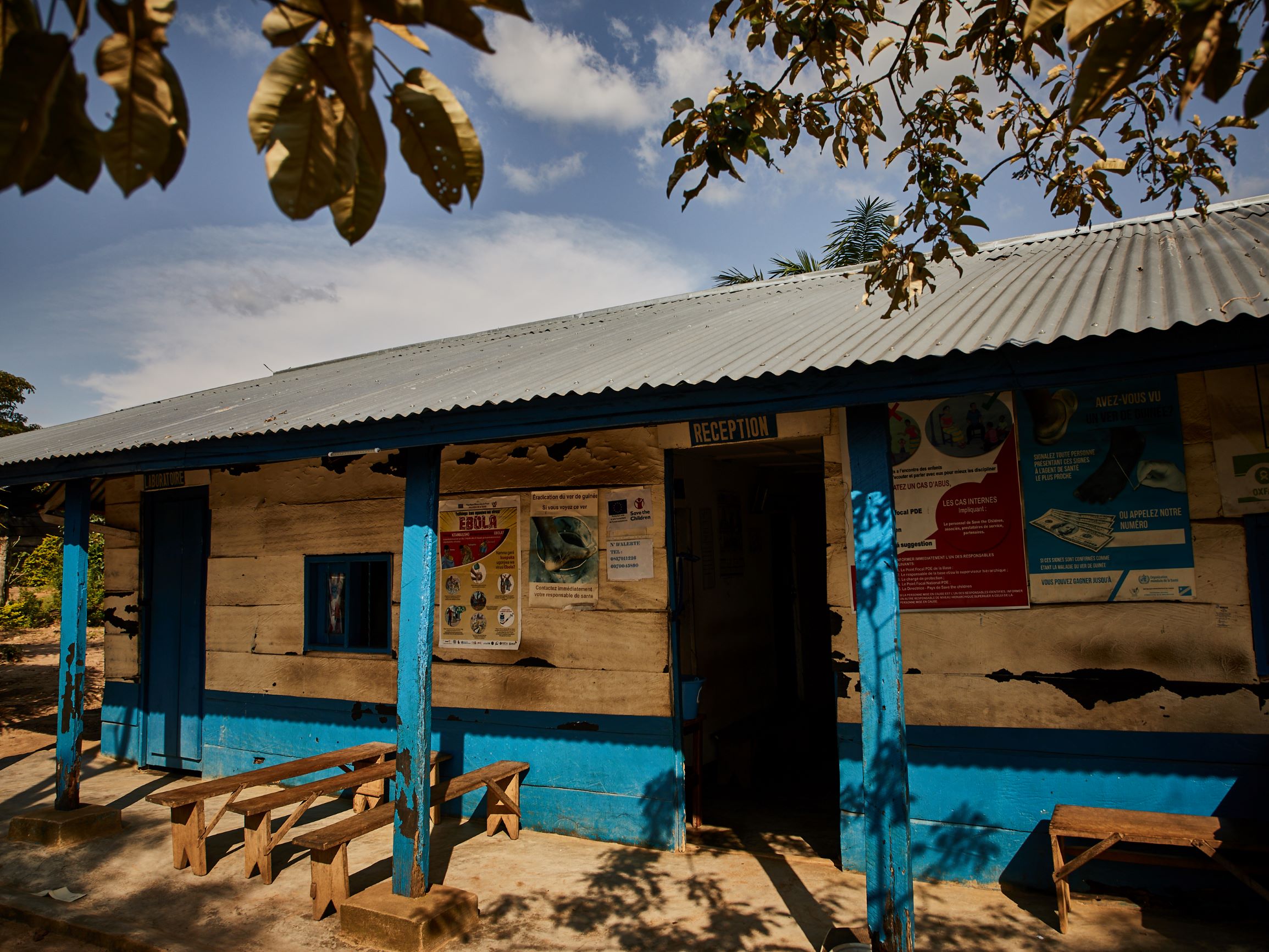The COVID-19 pandemic has generated a wealth of epidemiological data and models that are needed for strategic scenario, programmatic, and safety planning in humanitarian settings. For this information to be used widely by the humanitarian community, in this and future outbreaks, stakeholders must be trained on the definitions and uses of infectious disease epidemiological data and models.
This virtual, hybrid course will equip participants with foundational infectious disease epidemiology and modeling concepts, to strengthen their command of the interpretation of common data that is available in humanitarian emergencies. It will also explain and demonstrate how key data translates to models in large-scale disease outbreaks, and will prepare the learner to engage with and make use of epidemiological data and models in a variety of outbreaks.
Upon completion of an 8 hour training over 2 weeks, participants should be able to use epidemiological data, models, and scenarios to inform their humanitarian work and infectious disease response.
| 1234567891011125 | |
|---|---|
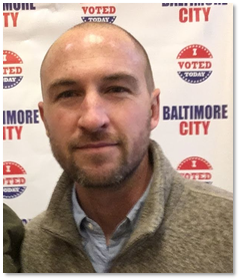 |
Dr. Shaun Truelove | Assistant Scientist, Johns Hopkins Bloomberg School of Public Health Shaun Truelove is an Assistant Scientist in the Department of International Health at JHSPH. His work focuses on infectious disease epidemiology, and disease dynamics and modeling. As part of the Center for Humanitarian Health, he has co-led an initiative to provide SARS-CoV-2 modeling and epidemiology support to humanitarian partners, including UNHCR, OCHA, and MSF. |
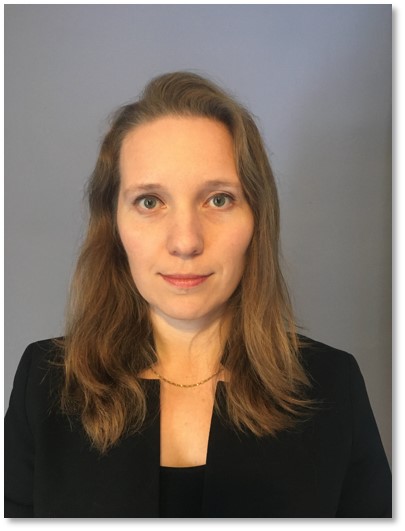 |
Natalya Kostandova | PhD Candidate, Johns Hopkins Bloomberg School of Public Health Natalya is a PhD student in the department of Epidemiology at Johns Hopkins University. Her research focuses on integration of robust epidemiological and biostatistical methods in public health programming and response, particularly in humanitarian settings. Prior to starting the graduate program, she worked in programs and monitoring and evaluation as a part of integrated emergency response to address needs in health, nutrition, WASH, and protection sectors in several countries. |
 |
Daniella Trowbridge | Research Associate, Johns Hopkins Center for Humanitarian Health Daniella is a Research Associate at the Johns Hopkins Center for Humanitarian Health. Her research focuses on large-scale outbreak preparedness for NGOs in humanitarian contexts, including COVID-19 program adaptations, and analyzing the impact of infectious disease outbreaks in humanitarian contexts. She has extensive experience leading and managing humanitarian programs, operations, and advising NGOs working in complex humanitarian emergencies. She has worked across 25 countries with a focus on humanitarian public health interventions, cash transfers, food security, and WASH. |
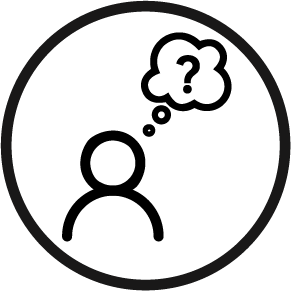
Is this course for me?
This course is intended for the following audiences:
- INGO and NGO national level leadership, program managers, and technical advisors response for program management, technical leadership, and strategy in their organization;
- NGO regional leadership and technical advisors
This training may also be applicable for UN cluster coordinators, sector leads, country directors, regional advisors, and donor field-based staff.
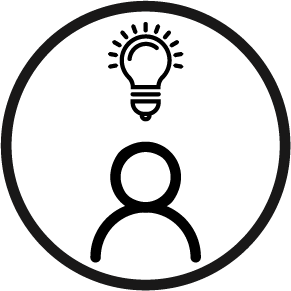
How will I benefit from this course? On completion of this course you will:
- Explain the main objectives of infectious disease models, in order to correctly interpret models created for humanitarian settings;
- Describe one type of infectious disease model by identifying the key components of models and the data used to construct them;
- Summarize the potential uses, common assumptions, and limitations in infectious disease models used in humanitarian settings;
- Describe the main concepts of epidemiology of infectious diseases and epidemics to interpret the data used for infectious disease models, and;
- Describe the main characteristics of public health surveillance and its role in generating information in humanitarian settings and for infectious disease models.
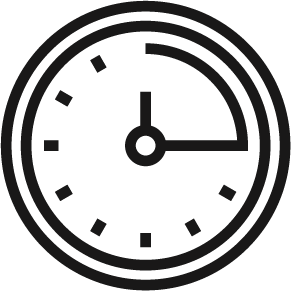
How long will it take? This course should take you around 8 hours to complete: 2 hours of self-paced video modules on Kaya, and approximately 6 hours of live, facilitated sessions.

How much does it cost? This course is free!
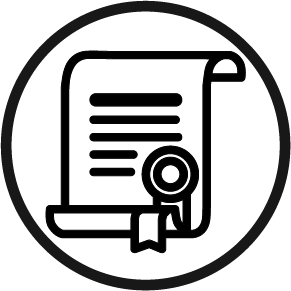
Will I get a certificate at the end? Yes - you will be able to download a certificate once you have have completed all of the modules within the course.
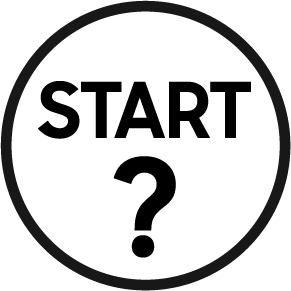
How do I start? Scroll to the top of the page and click on the Join course button. This will take you through to the course content. You don't need to complete the course in one go - you can always continue later from where you left off.

- INGO and NGO national level leadership, program managers, and technical advisors response for program management, technical leadership, and strategy in their organization;
- NGO regional leadership and technical advisors

- Explain the main objectives of infectious disease models, in order to correctly interpret models created for humanitarian settings;
- Describe one type of infectious disease model by identifying the key components of models and the data used to construct them;
- Summarize the potential uses, common assumptions, and limitations in infectious disease models used in humanitarian settings;
- Describe the main concepts of epidemiology of infectious diseases and epidemics to interpret the data used for infectious disease models, and;
- Describe the main characteristics of public health surveillance and its role in generating information in humanitarian settings and for infectious disease models.




About READY
In 2018, the United States Agency for International Development’s Bureau for Humanitarian Assistance-funded a three-year initiative to augment global capacity to respond to major disease outbreaks. The READY initiative is led by Save the Children in partnership with the Johns Hopkins Center for Humanitarian Health, the Johns Hopkins Center for Communication Programs, UK-Med, EcoHealth Alliance, and Mercy Malaysia. The READY initiative supplements existing efforts to strengthen coordination between global humanitarian outbreak structures and operational organizations responding to outbreaks. Additionally, READY is building and retaining capacity among operational consortium members, non-governmental organizations (NGOs), and other stakeholders in to more quickly and effectively respond to major outbreaks, including COVID-19, with an integrated approach that addresses holistic needs of affected communities—with community engagement and communications at the center.
To learn more about our work, visit our website at www.ready-initiative.org, or sign-up to receive updates from the READY team.
This course was created and is administered by Save the Children US, John Hopkins University Center for Humanitarian Health, and READY initiative. By joining this course you are consenting to these organizations being given access to your Kaya profile information, including your name and email address, so that they can provide the course. This may require them to contact you. Your data will be anonymized before it is used for any analysis or reporting purposes. If you have any questions about this, please email ready@savechildren.org

